 |
|
||||||
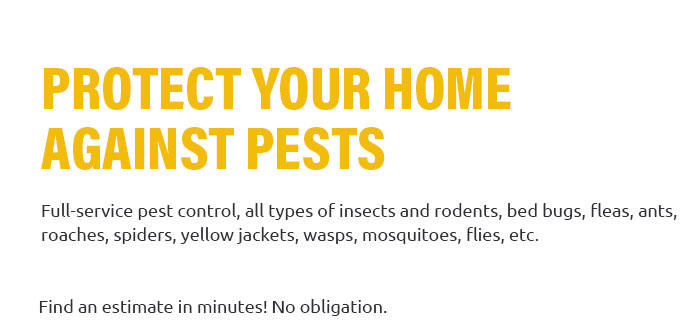 |
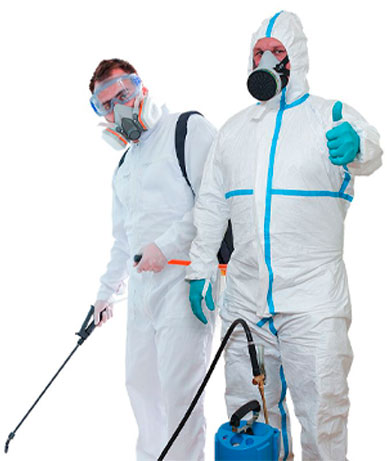 |
 |
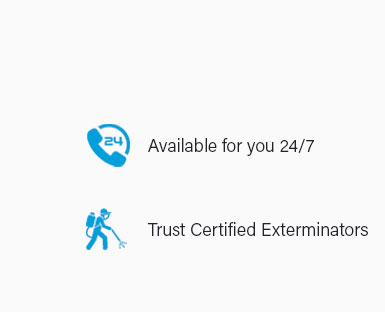 |
 |
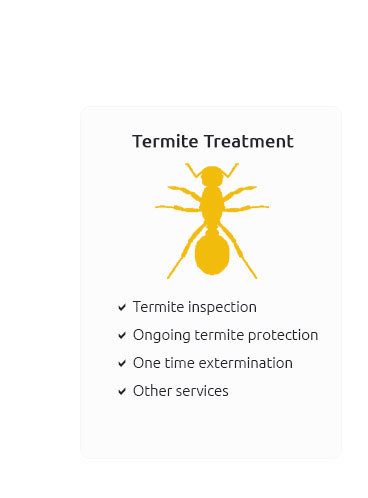 |
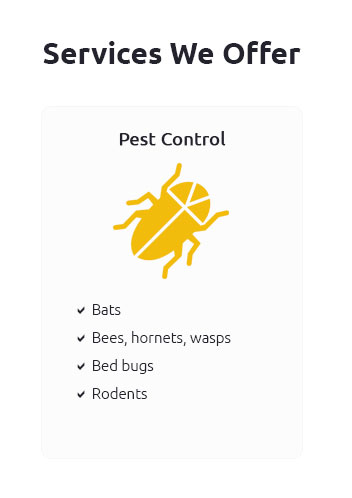 |
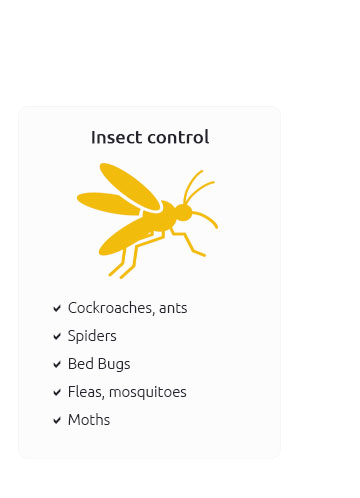 |
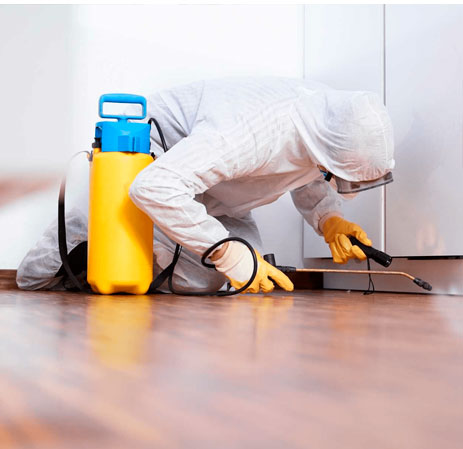 |
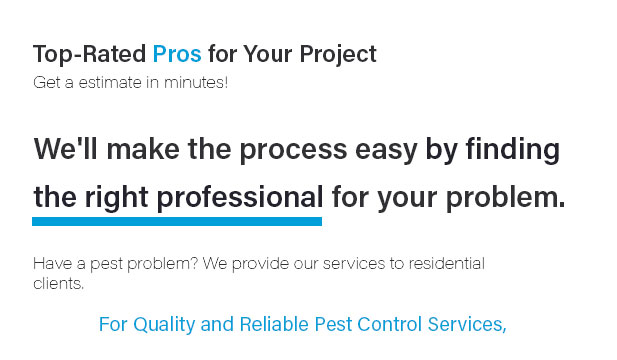 |
 |
 |
 |
Most Effective Bed Bug Treatment: A Comprehensive GuideIn the labyrinth of modern pest control, the battle against bed bugs stands as one of the most persistent and challenging. These tiny, resilient creatures have been a scourge in both urban and rural settings, invading homes, hotels, and other establishments with a stealthy persistence that often leaves residents and business owners scratching their heads-quite literally. As we delve into the subject of bed bug eradication, it becomes imperative to explore the most effective treatments available today, blending traditional methods with cutting-edge innovations to ensure a pest-free environment. When discussing bed bug treatments, it's crucial to consider both chemical and non-chemical methods. Chemical treatments often involve the use of pesticides, which can be effective but also come with concerns about safety and resistance. Some bed bug populations have developed resistance to common pesticides, making them less effective over time. Therefore, many experts advocate for an integrated pest management (IPM) approach, which combines multiple methods for optimal results. One of the most effective non-chemical treatments is heat treatment. Bed bugs, in all life stages, succumb to high temperatures. Professional exterminators often use specialized equipment to heat an infested area to temperatures above 120°F (49°C), a level that bed bugs cannot survive. This method is not only highly effective but also environmentally friendly, leaving no chemical residues behind. However, it requires professional equipment and expertise, which can make it more costly than other methods. Steam treatment is another popular non-chemical option. Using steam cleaners with a high-temperature output can kill bed bugs on contact. This method is particularly useful for treating furniture and mattresses, where bed bugs often reside. Steam treatment, like heat treatment, avoids chemical use, making it a safer option for households with children and pets. However, it requires patience and precision to ensure all areas are thoroughly treated. Diatomaceous earth, a natural powder made from fossilized algae, serves as another effective tool in the bed bug arsenal. When applied to infested areas, it works by dehydrating and ultimately killing bed bugs that come into contact with it. This method is affordable and accessible, though it can take several days to take full effect and requires careful application to avoid inhalation. For those seeking chemical solutions, insect growth regulators (IGRs) can be used to disrupt the life cycle of bed bugs, preventing them from maturing and reproducing. While not a standalone solution, IGRs are often used in conjunction with other treatments to enhance effectiveness. Ultimately, the most effective bed bug treatment is one tailored to the specific situation, considering factors such as the extent of the infestation, budget constraints, and personal preferences regarding chemical use. Consulting with a pest management professional can provide valuable insights and recommendations. Frequently Asked QuestionsHow do I know if I have a bed bug infestation? Common signs include bites on your skin, blood stains on sheets, and small black spots on mattresses or furniture. Can I get rid of bed bugs on my own? While DIY methods can be effective for small infestations, larger infestations often require professional treatment for complete eradication. Are bed bug treatments safe for pets? Non-chemical treatments like heat or steam are generally safe for pets, but it's best to consult with a professional to ensure safety. How long does it take to eliminate bed bugs? The duration can vary depending on the method used and the severity of the infestation, ranging from a few hours to several weeks. https://www.quora.com/What-is-the-best-bed-bug-killer
Diatomaceous earth (food grade): This is hands down the best chemical ever to kill bed bugs. Pros: It's inexpensive: $20 for a ten lbs bag here: ... https://citybugs.tamu.edu/factsheets/biting-stinging/others/ent-3012/
Low toxicity contact sprays like SteriFab or Bedlam are likely to kill bed bugs only on contact. Alcohol- and soap-based sprays, are only partly effective. https://njaes.rutgers.edu/fs1251/
Pyrethroid Sprays. Pyrethroids are a class of insecticides commonly used for indoor pest control. Recent studies show the majority of the field bed bug ...
|



